10 ways to optimize your manufacturing productivity and sail ahead!
If you would ask the skipper of a racing yacht just how important it is to keep their sails perfectly trimmed, they would tell you that they couldn’t win a regatta any other way. The same can be said about running a tight ship on the production line: You’ve got to constantly optimize production to gain the winning edge. But how do you practically go about this? If you’d like to discover the answer, then slip on your skipper’s cap and read on.
10 WAYS TO OPTIMIZE YOUR MANUFACTURING PRODUCTIVITY
We’ve put together 10 ways to optimize your manufacturing productivity. We also discuss how voestalpine has been helping our customers to achieve this in many industries across the seven seas. But before we cast off the mooring lines and steer our intrepid course together, here’s an important sailing question for you:
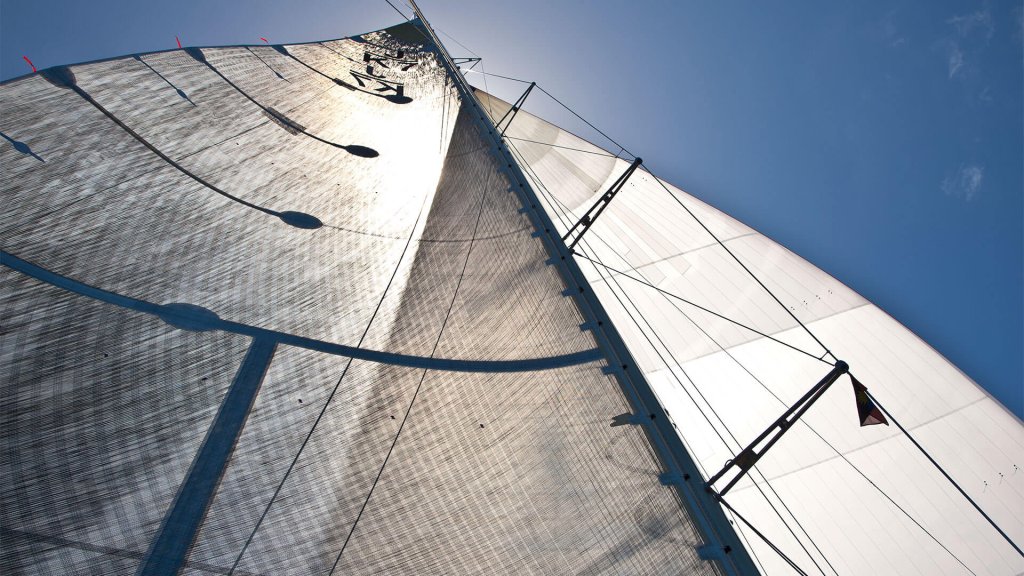
“If you were competing in the Sydney Hobart Yacht Race, would you use standard sails in your rig, or would you use the best sails made for racing?”
The answer is clear, right? No race-skipper in their right mind would use bog-standard sails on a multi-million dollar yacht! Yet, when it comes to manufacturing, those at the helm of production all too often (and often unwittingly) use under-performing components in their most expensive production machinery. Alas, it’s all stormy seas and no trophy for them!
This is why we came up with voestalpine Engineered Products. They’re designed for pure performance. You can find out more about how they increase production performance here. We also discuss them below.

voestalpine Engineered Products are designed for pure performance
WHAT ARE THE 10 WAYS TO OPTIMIZE YOUR MANUFACTURING PRODUCTIVITY?
Regardless of the industry in which you operate, here are 10 ways to optimize productivity:
1. Develop long-term partnerships with experts who understand your business
2. Digitalization and automation for control and monitoring
3. Embrace innovative solutions
4. Increase energy efficiency and reduce CO2 footprint
6. Keep up with industry trends
HOW CAN THESE 10 WAYS BE PUT INTO PRACTICE?
Reading the theory, just like reading a nautical chart, is all well and good, but how can these 10 ways be put into practice? We discuss each of the 10 ways in detail below, providing practical examples focused on various industrial applications, including
- Food Processing
- High Pressure Die Casting
- Plastic injection Molding
The principal behind each of the 10 ways can be applied to most manufacturing applications. Now let’s take a closer look at those 10 ways:
THE 10 WAYS TO OPTIMIZE PRODUCTIVITY IN PRACTICE

1. DEVELOP LONG-TERM PARTNERSHIPS WITH EXPERTS WHO UNDERSTAND YOUR BUSINESS
Trust lies at the heart of any successful long-term business partnership. Your manufacturing business will benefit from developing a network of trusted experts who genuinely understand your production needs. But how do you build such a network?
Diving deeper
Learn more about developing successful long-term partnerships by reading our article:
Why the top foundries forge long-term partnerships to secure their success
Application: High Pressure Die Casting

2. DIGITALIZATION AND AUTOMATION FOR CONTROL AND MONITORING
Digitalization and the use of sensorized inserts allow manufacturers to monitor their processes with the aim of increasing efficiency and control part quality. Integrated sensors can support the measurement of real-time data such as temperature. How closely can you monitor your production processes and adjust accordingly?
Diving deeper
Learn about how sensorized inserts in plastic injection molding reduce scrap rates and increase productivity by reading our article.
Trends in plastic injection molding: Sensorized inserts
Application: Plastic Injection Molding
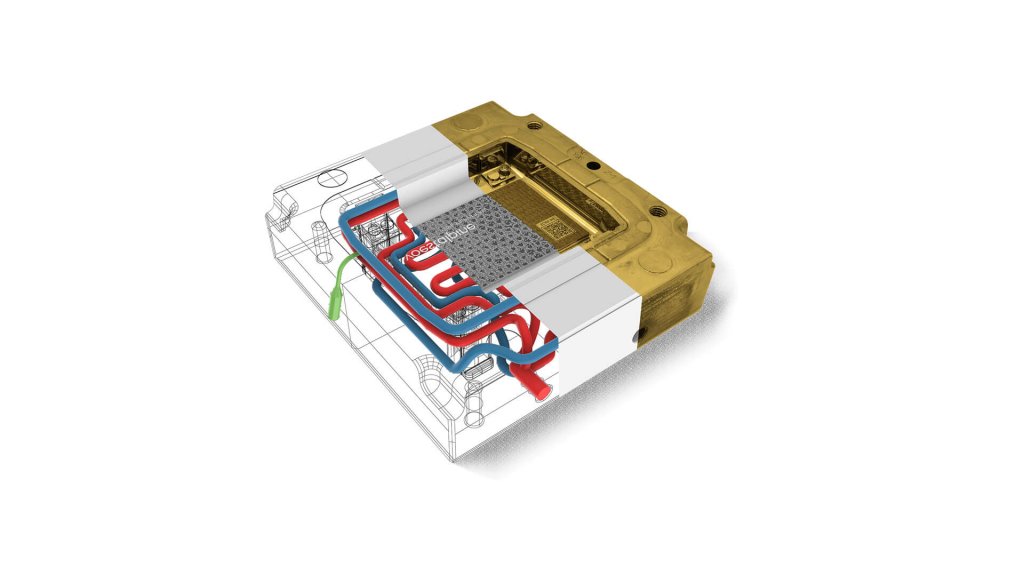
3. EMBRACE INNOVATIVE SOLUTIONS
Innovative solutions can allow you to not only increase the quality of your products, but they also enable added value. For example, innovative surface texturing technology in plastic injection molding allows greater design flexibility to add an extra dimension to the look and feel of a plastic part. What innovative solutions could you use to enhance your product range?
Diving deeper
Learn more about using innovative solutions to increase your product quality create added value by reading our article:
Solutions for plastic injection molding: voestalpine cavity insert
Application: Plastic Injection Molding

4. INCREASE ENERGY EFFICIENCY AND REDUCE C02 FOOTPRINT
Wherever your manufacturing business lies in the value chain, your ability to increase productivity and reduce carbon emissions are key competitive factors. The reduction of scope 1, 2, and 3 emissions is central to sustainability and climate protection. How can you reduce the C02 footprint of your production?
Diving deeper
Find out how one of our customers in the automotive industry was able to reduce their energy costs by 23.000 Euro and carbon emissions by 66 tons CO2e by using a voestalpine additively manufactured insert in their high pressure die casting operation.
voestalpine HPM tooling solutions increase performance and reduce carbon emissions
Application: High Pressure Die Casting
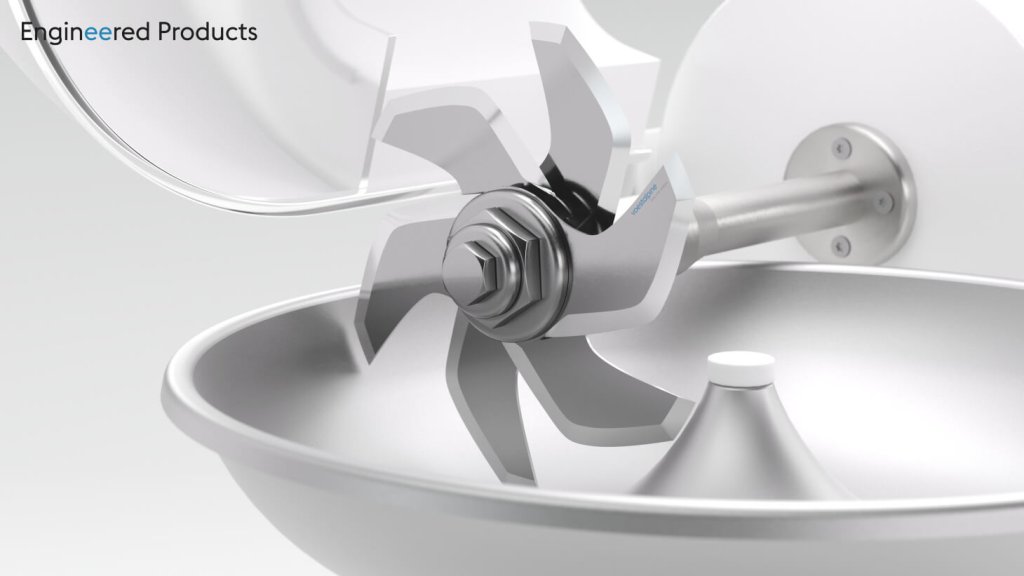
5. INCREASE TOOL LIFETIME
When it comes to cutting tools for processing equipment, it really pays to compare different systems. Standard cutting tools are mostly accepted and used without much scrutiny. But standard cutting tools often underperform and negatively impact your OEE and Yield. Are you using the best-possible components in your equipment?
Diving deeper
Find out how voestalpine Bowl Cutter Knives are blowing standard industry knives clear out of the water—with up to 10 times more throughput per regrinding cycle. The ROI on these knives is impressive.
Sustainable food processing with voestalpine Bowl Cutter Knives
Application: Food Processing

6. KEEP UP WITH INDUSTRY TRENDS
Keeping up with trends and new technology can be a challenging task for any company regardless of their industry. For example, one trend in the food industry is the increasing demand by food discounters on food producers for higher quality products at a lower price. What industry trends present both a challenge and opportunity for your business?
Diving deeper
Learn more about how smart food producers are responding to the demands of discounters in the food industry by reading our article:
How to keep up with discounters in the food industry
Application: Food Processing
7. OPTIMIZE CYCLE TIMES
When it comes to optimizing production, most experts agree that a big factor is the reduction of interruptions due to maintenance breaks. All too often operations are interrupted to replace or service worn parts. How often is your production interrupted by potentially avoidable breaks?
Diving deeper
Learn more about how food producers are reducing their maintenance breaks and increasing product quality by reading our article:
Optimize your food processing operations with voestalpine HPM Meat Grinding Technology
Application: Food Processing
8. REDUCE SCRAP RATES
Reducing scrap rates due to product defects is clearly a central optimization issue for manufacturers in any industry. Understanding the causes of these defects and implementing solutions requires a full overview of the entire value chain—from concept to finished component. How are scrap rates affecting your TCO?
Diving deeper:
Learn more about how manufacturers are reducing scrap rates and increase their processing efficiency by reading our article:
How to increase efficiency and productivity in plastic injection molding
Application: Plastic Injection Molding
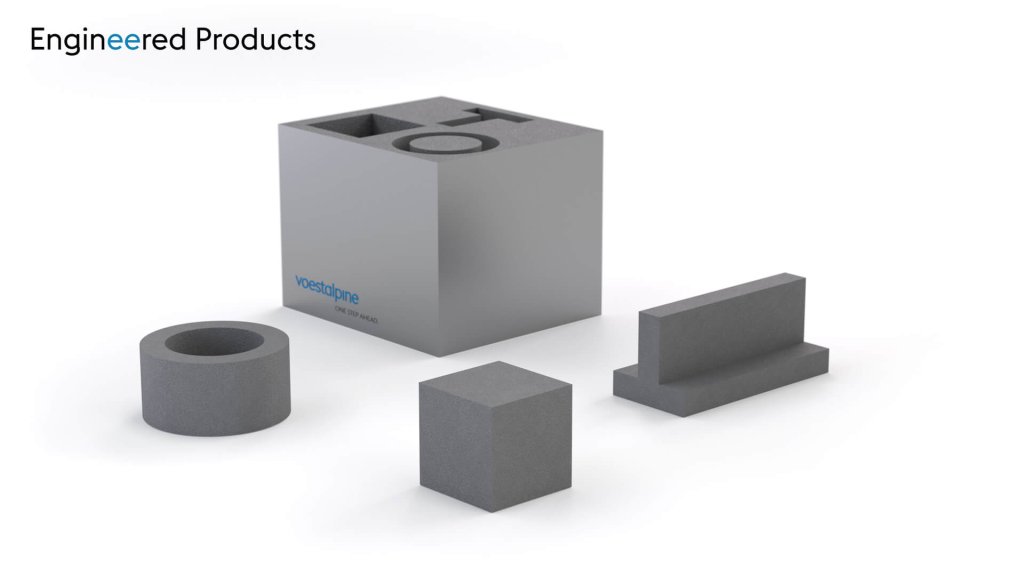
9. REDUCE MAINTENANCE BREAKS
Often, what seems like the smallest of production changes can result in big savings. By using a high performing tool insert, the production time between maintenance breaks may be significantly increased. How well have you analyzed your production processes and identified ways to reduce maintenance breaks?
Diving deeper
Learn more about how manufacturers are reducing maintenance breaks and increasing their processing efficiency by reading our article:
Trends in plastic injection molding: Venting structures
Application: Plastic Injection Molding

10. USE THE RIGHT MATERIALS
Clearly it is essential to use the right materials when manufacturing a product. Sometimes less obvious (yet equally important) is the selection of the right materials for the tools that make them. Do your tools have the right material grades or are they negatively impacting your overall equipment efficiency?
Diving deeper
Find out how the choice of the right material in high pressure die casting can increase tool life by 80%. voestalpine experts completed a 360-degree analysis of a customer’s die casting operation in the automotive industry. As a result, the tool life was increased from 90.000 parts to 165.000 parts.
Higher Profits through High-Pressure Die Casting Optimization
Application: High Pressure Die Casting
ARE YOU READY TO SAIL YOUR SHIP AHEAD OF THE FLEET?
If you’d like to sail ahead of the fleet by optimizing your manufacturing productivity, then speak to our experts today! They’re ready to find out about your unique production needs and discuss winning solutions with you.
